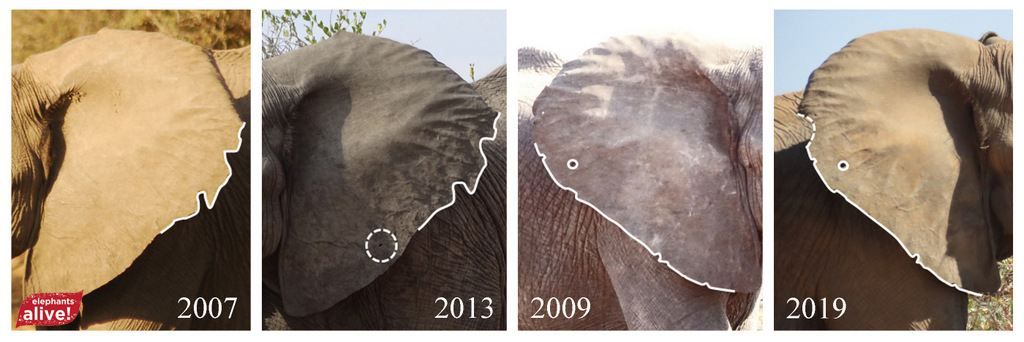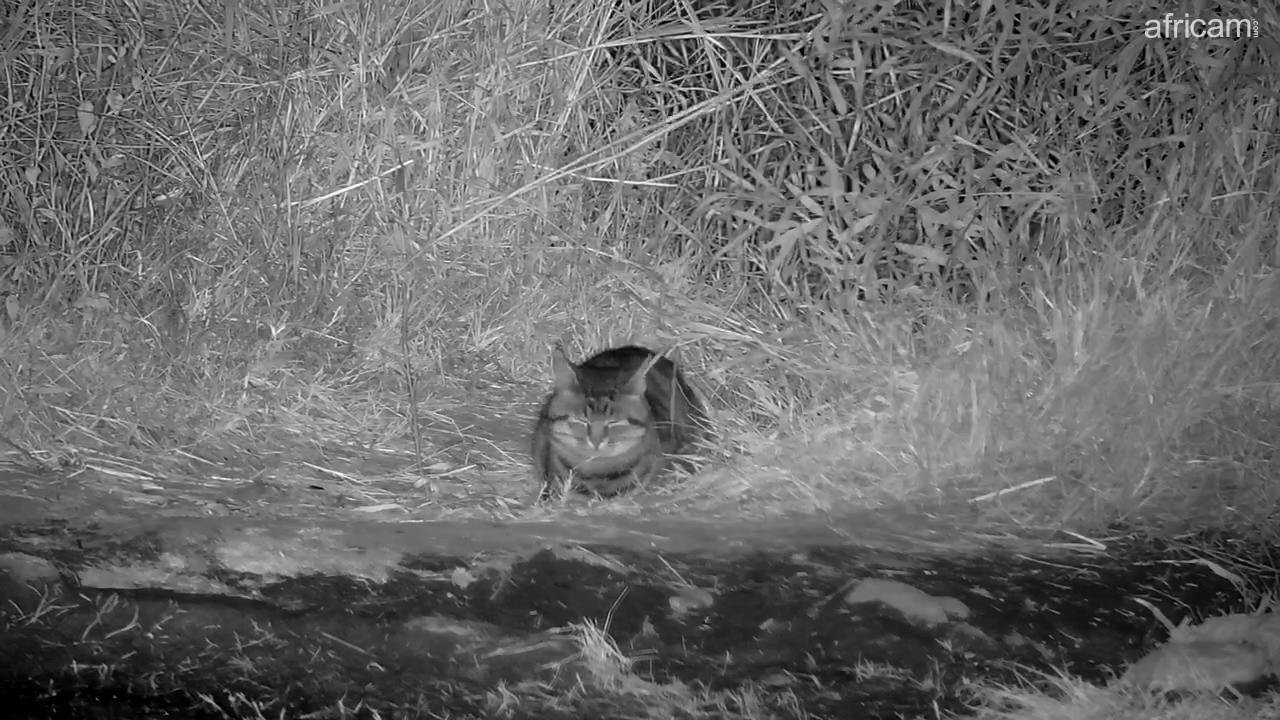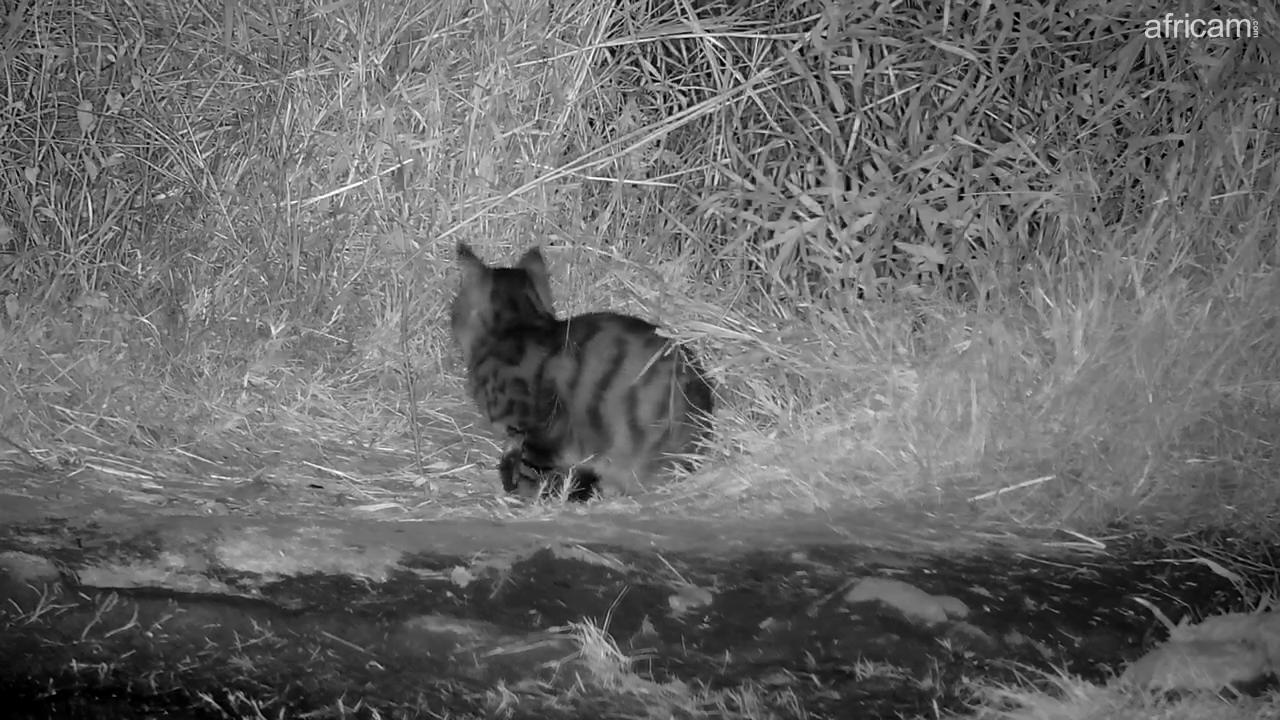Who is who? Elephant identification tips and tricks
Posted on January 23, 2020 by Guest Blogger in the DECODING SCIENCE post series.
 DECODING SCIENCE written by Dr Julie Kern from Elephants Alive
How many large-tusked bulls remain in the APNR?
DECODING SCIENCE written by Dr Julie Kern from Elephants Alive
How many large-tusked bulls remain in the APNR? How socially connected are different population members? How successful are human-elephant conflict mitigation methods? These questions are all examples of key research objectives for Elephants Alive. If at first glance you think these questions have little in common, look again, and you’ll see they all rely on a key piece of information – who’s who.
Identifying elephant bulls falls under the umbrella of the ID Study and is Elephants Alive’s longest-running project, having begun in 1996. Since then, the team have identified almost 1,500 individual bulls. Identifying elephants requires excellent observation skills and the team pay special attention to any noticeable physical features which differ between individuals, from tusk configuration and body appearance to characteristic ear patterns, such as notches, tears and holes. Using photographs collected at each sighting, identikits are drawn for each individual elephant and subsequently used to identify the individuals seen in the field. If you’re keen to hone your detective skills, read on for our selection of top elephant-identification tips and tricks to use at your next sighting.
State the obvious
Many individuals have startling body features which can make their identification quick and simple. Look out for collapsed or folded ears, missing tails or trunk tips, and the location of scars or lumps.

Three elephants © Elephants Alive
Also, take note of the tusks – any birdwatchers will be familiar with the acronym ‘GISS’ or ‘general impression of size and shape’, a rule which also holds true in this case. Are they short or long, thin or thick, straight, splayed or skew? Are both tusks present, and if not, is one broken at the base or missing altogether? When missing entirely, the tusk socket is conspicuously empty (below far right).

Elephants with various tusk shapes © Elephants Alive
Play it by ear
Once you’ve checked the more obvious features, it’s time to take a closer look at an elephant’s ears. If there are any tears, notches or holes, pay attention to their location, size and shape. Unfortunately, many individuals have few notches and holes in their ears, especially younger elephants, which makes them much harder to identify. In this case, you can often find a clue to their identity by noting venation patterns on the ears.

Elephants with ear identification
© Elephants Alive
The signs they are a-changin’
Once you’ve got the hang of it, it’s worth remembering that much like ourselves, an elephant’s physical features are likely to change over time as tusks break, another tear appears, or holes pull through leaving a notch in their place. Take Kierie-Klapper (below), a young bull first seen in 2005 and resighted in most years since. In 2013 a new hole appeared in his lower left ear, and earlier this year, another notch was added to the top of his right ear.

Elephants with ear changes over the years© Elephants Alive
Elephants Alive has recently published an Elephant ID Guide in conjunction with Amarula, featuring 30 of the most iconic individuals in the APNR. If you’re interested in purchasing a copy or if you have photographs from your own sightings that you’d like to add to our Citizen Sightings database, please forward them to
info2u@elephantsalive.org.






